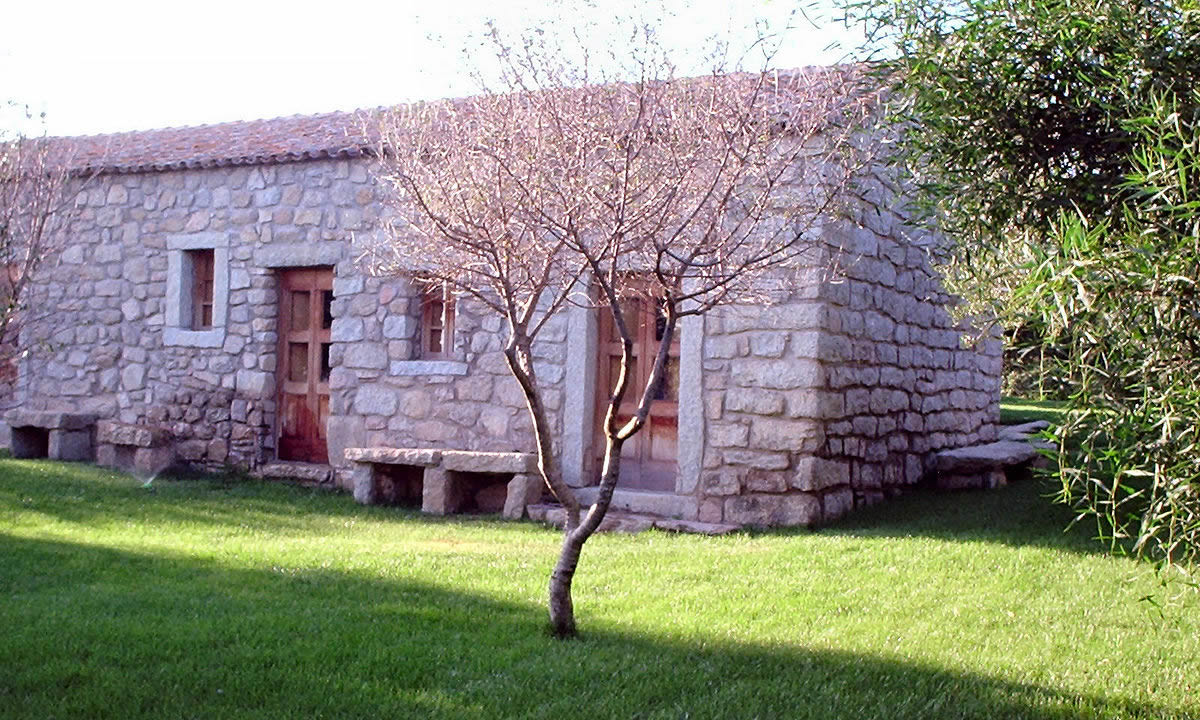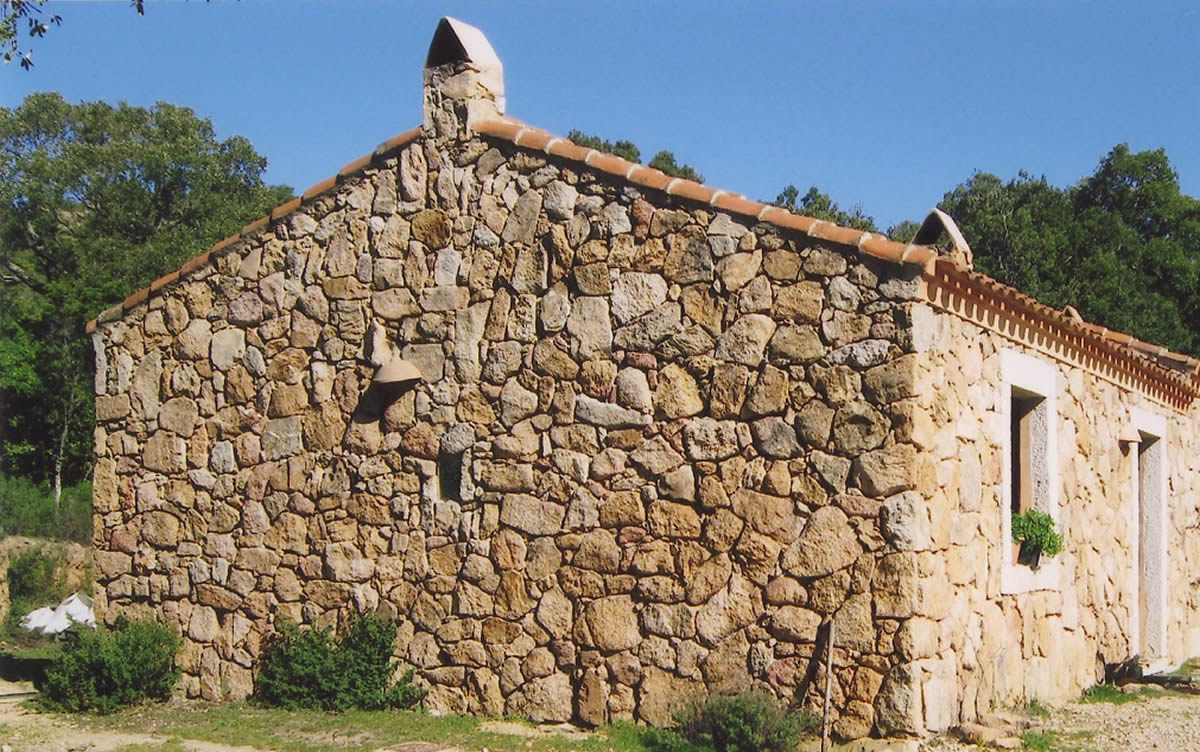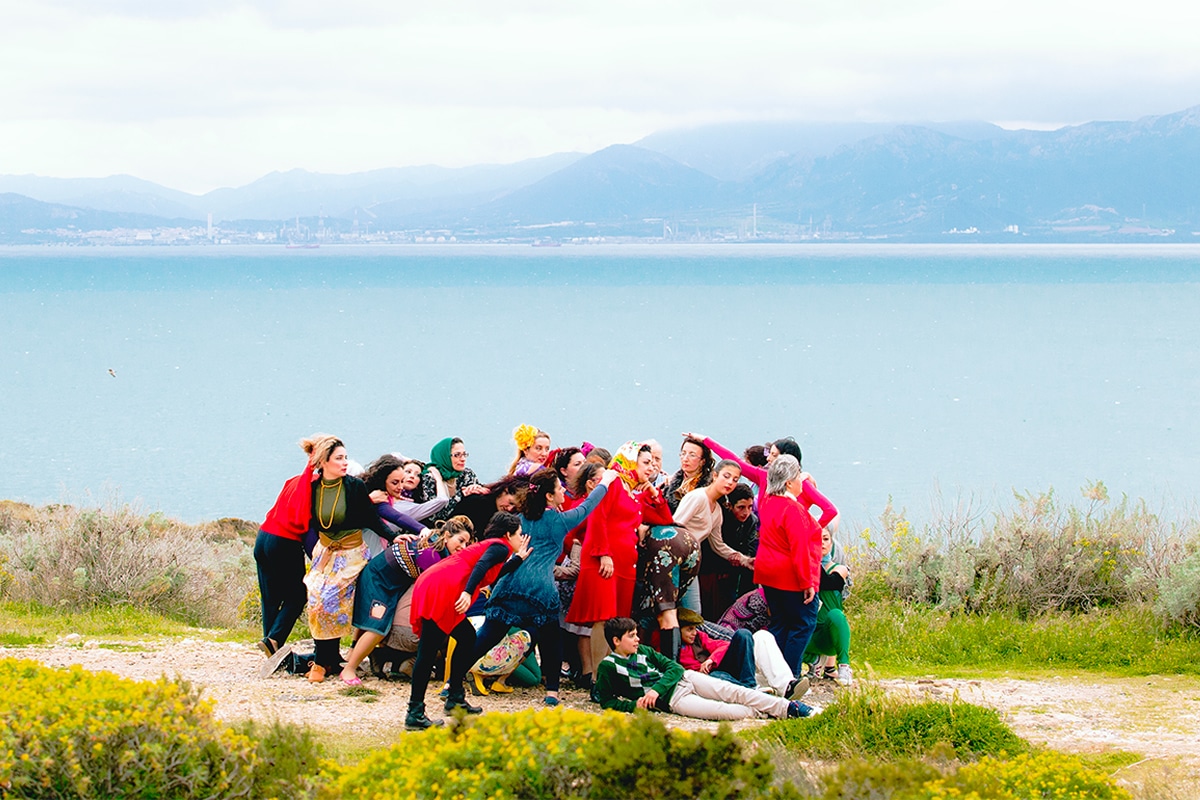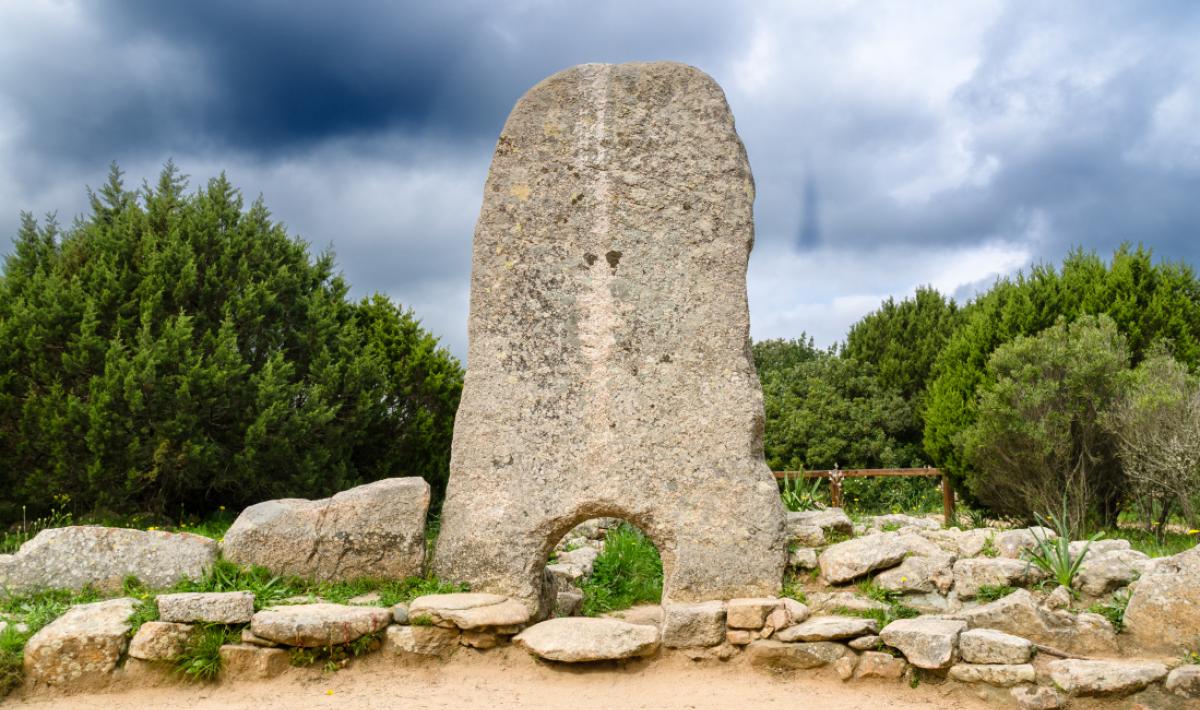The stazzi culture, Gallura in its purest form
Today Gallura has a very, very different aspect even from just 50 years ago.
The large area that goes from Budoni to Villalba was one of the least populated in Sardinia, and its economy was fundamentally based on underdeveloped agriculture, cork processing and the extraction of granite. Leaving the towns of Olbia, Tempio and La Maddalena a few kilometers away, the countryside was essentially the same as it was in 1700, i.e. with a typical form of land management, what we now call the culture of stazzi.
If you are curious to know how far Gallura may have been from the Costa Smeralda, this reading of a few minutes will give you an insight into a way of life that appears far away, but which was active and flourishing until half a century ago and which still is today culturally present in Gallura society.
The origin of the stazzi
Gallura from the Middle Ages onwards it is an almost deserted land, inhabited by a few thousand people. The great fiefdoms belong to the Spanish nobility, distant and substantially without control over the territory.
More than with the rest of Sardinia, Gallura already has evident cultural and linguistic ties with Corsica and sometimes its inhabitants are defined Corsican by other Sardinians.
The birth of the first stazzi dates back to the end of the 1600s, caused by two factors. The emigration from southern Corsica of various families (it is not clear whether due to famine or for reasons related to local feuds) and the change in the model of pastoralism, which from wandering became permanent. The lack of inhabited centers and the difficulty in moving around has as its solution the creation of an autonomous and substantially self-sufficient type of society, that constituted by the stazzi and cussogghj, which are small agglomerations of stazzi.
Stazzo means not having to depend on anyone
Do not imagine the stazzo similar to a small house and small garden. The stazzo was more like a ranch in size. A large plot of land averaging 100 hectares upwards. Inside, fields for cultivation, large areas for grazing, woods for wood, at least one stream and several wells, sometimes a vineyard. And then tool sheds, warehouses, often well camouflaged hiding places. However, this breadth in territorial terms must not lead to think of a situation of well-being. Life in the stazzo was anything but comfortable, but the substantial independence of this form of life could make it more acceptable than that of a farmhand. For this reason the stazzi increase numerically over time, becoming an integral part of the territory also in demographic terms. The municipality of Arzachena (where Porto Cervo stands) will become such because the inhabitants of the stazzi, more numerous, will vote in 1922 to break away from the municipality of Tempio and create their own town hall.
The social organization of the stazzi
The culture of the stazzi had a fairly precise social organization, in which the tasks were well defined for all elements of the family, including children. Men were “multitasking” out of necessity: farmers, breeders (in the pens the prevalence is of cattle rather than sheep), winemakers. The man was also a carpenter, farrier, and, if necessary, a veterinarian. But women’s lives were even harder if possible. In addition to childcare and housework, women from an early age learned to weave and make themselves useful as much and more than men. Literally every activity, however, was marked by the times of nature, which regulated agricultural and pastoral work. Everything was marked by the passing of the seasons.
Equally fundamental in functional terms were the activities carried out within the cussogghja, the set of neighboring stazzi. In the first place, the mutual assistance guaranteed by customs such as maniality, the manual work of the neighbors for activities that the individual could not solve, the punishment, a sort of loan without interest, the paradure that allowed the reconstruction of the flock in case of abigeate .
The moments of socialization in the culture of the stazzi often take place in the numerous rural churches or marked once again by nature (the activities of the harvest, the grape harvest etc …). The administration of justice, on the other hand, was extremely “free”, in the sense that crimes were almost never reported. Revenge, in the absence of an agreement between the parties, was the only solution. The bandit however he was not always seen as a danger, but rather as a person who had fallen from grace for reasons of honor and therefore protected in this society that had very little to do with the state.
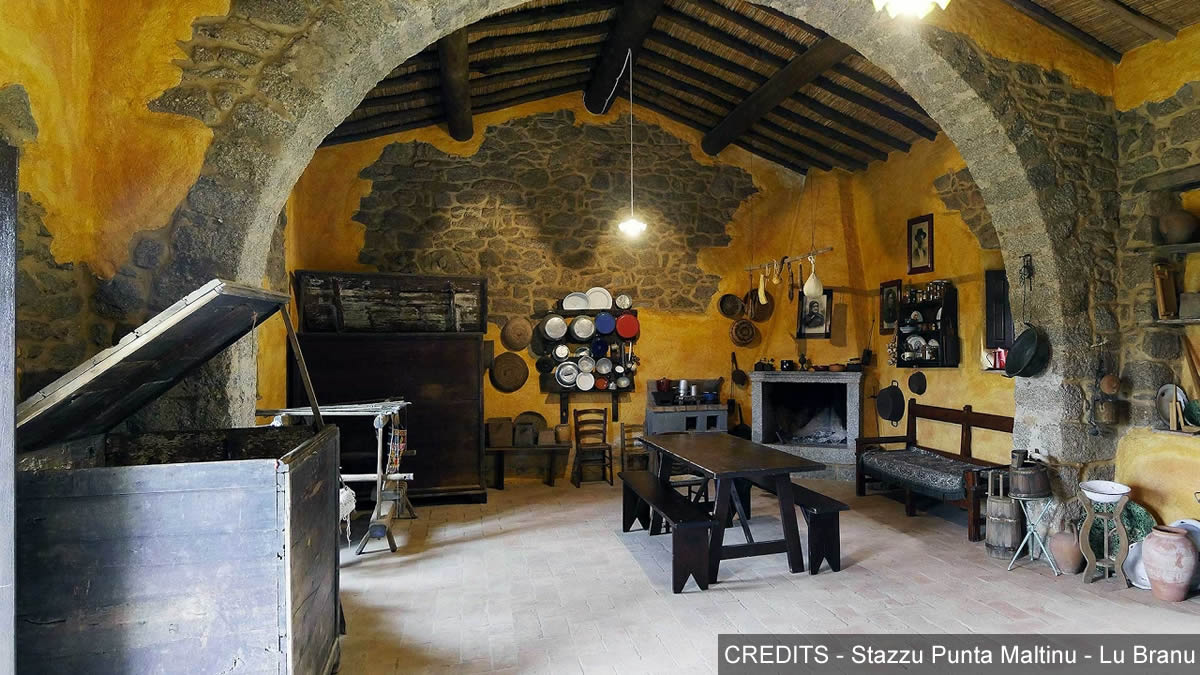
The architectural functionality of the stazzi
Those that are now luxuriously restored at a high price were actually humble and uncomfortable constructions.
Until the early 1800s, that is, until the pirate raids finally ended, lu stazzu was built so as not to be visible from the sea and in any case sheltered from the winds.
Outside it appeared with a single block built in solid granite cantari. The roof was always sloping, and the long central juniper beam, called trai tolta, is still the fundamental architectural element of the building today. The entrance was south facing, and generally overlooked the access road while on its sides there were two small windows, the balcunitti.
On one side, leaning against the wall of the stazzo, there was often a counter ballast also made of granite blocks, called road which, despite its name, was in practice a seat similar to a bench.
Internally, depending on the wealth, the environment could be unique, and served as a kitchen, work environment and bedroom, or there could be multiple rooms divided for various uses. In any case, the perishable provisions were placed in the north while the non-perishable ones in an attic. The furniture was essential even in the stazzi of the wealthiest, while the bed was a non-essential element for many poor people.
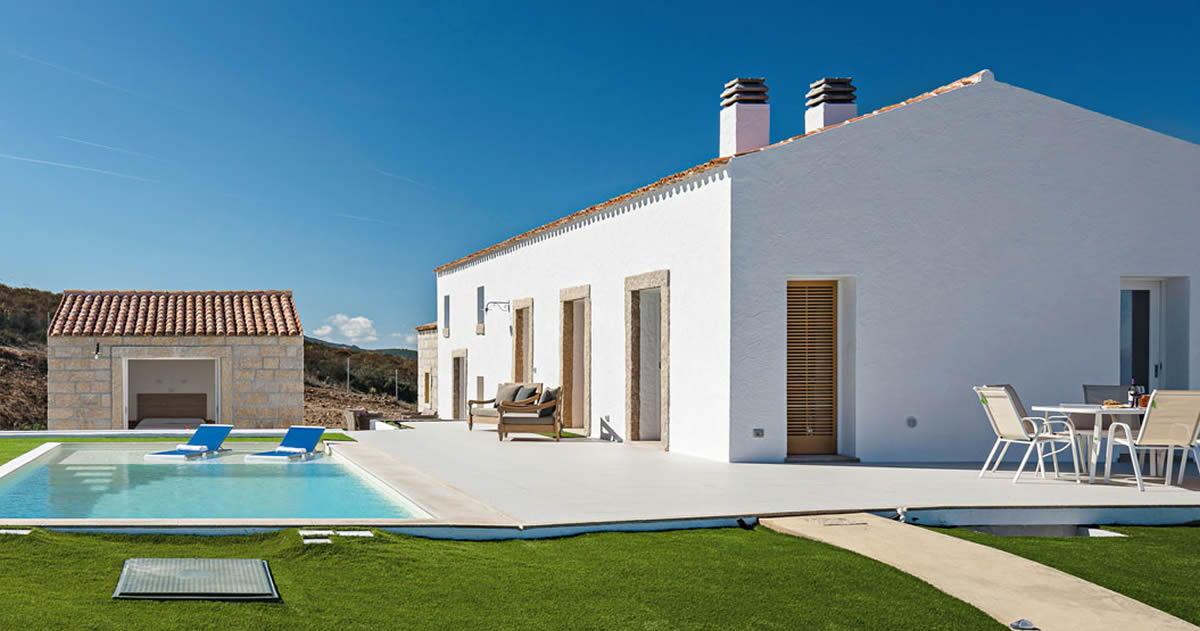
The stazzi culture today
Lu stazzu as an economic and productive element, its path ends in the 70s of the last century. Agricultural mechanization, the spread of electricity also in the countryside, the well-being brought about by tourism and an agriculture no longer subsistence but devoted to the market (in particular the fine vineyards) have given a new imprint to the appearance of the Gallura countryside, and not only on the coast. Today the stazzi, often placed in unrepeatable positions, large surrounding land and luxuriously restored, have market values close to the villas on the coast.
But not everything has disappeared.
The dozens of rural churches scattered throughout the area and the many festivals that are celebrated every year even in multi-ethnic cities such as Olbia they are the legacy of this past in which the younger generations continue to actively participate. The constancy with which Gallura is spoken even today, the creation of a theater and an musical archive who keep his memory are children of this widespread sense of identity.
Finally, the natural predisposition of the Gallurese to do business derives from this aspiration for economic independence, heir to the culture of the stazzi.
If you leave from one of our hotels in Santa Teresa Gallura , Arzachena, Baja Sardinia, Olbia e Porto San Paolo and travel in our countryside we are sure you will come across a stazzo.
Today you know something more.


